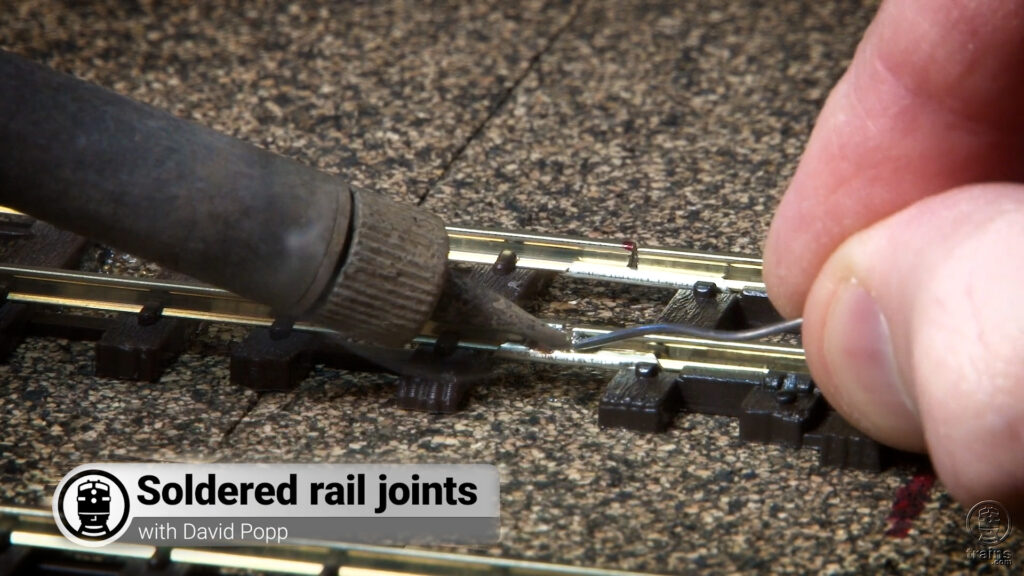
Working with rail joiners is difficult for many model railroaders. Rail joiners are the weakest electrical connection on any given model railroad layout. When tightly fit, rail joiners serve as fine electrical conduits. However, over time, rail joiners tend to expand and loosen, which results in worse electrical conductivity. However, better rail joiners are possible. […]
Read More…

Managing the installation of a Tortoise switch machine on my layout’s two-inch thick foam baseboard has been challenging. I tried the hook-and-loop fastener solution explained in the October 2005 Model Railroader but didn’t like the wobble or the actuating wire’s long reach through the foam board. After some experimentation, I’ve developed the mounting method that’s […]
Read More…

Kitbashing is a facet of the hobby many model railroaders enjoy. Full-size railroads modify equipment, too. As I was combing through my photo collection and images in our David P. Morgan Memorial Library, I found five Burlington Northern kitbashes. Hopefully one or more of these cars will inspire your next modeling project. Want more Burlington […]
Read More…

The lost art of soldering was once an important skill for model railroaders. Until the mid-1970s, knowing how to solder was essential for anyone who wanted to scratchbuild or detail locomotives and cars or assemble sheet-metal structures. By 1980, new adhesives came into use, including two-part epoxies, the various cyanoacrylate adhesives (CA), and effective contact […]
Read More…

7 tips for installing decoders: I don’t know about you, but I have far less hobby time than I would like, so I need to spend what time I do have wisely. Installing Digital Command Control (DCC) decoders isn’t one of those projects I look forward to doing, but it’s a necessary task for operating […]
Read More…

Months ago, when the MR staff started talking about more toxic chemicals used on model railroads of the past, I had no idea there would be such a list of them! While hobbyists needed to be creative to get the job done, sadly, some of their choices were unsafe. In some cases, the chemicals were […]
Read More…
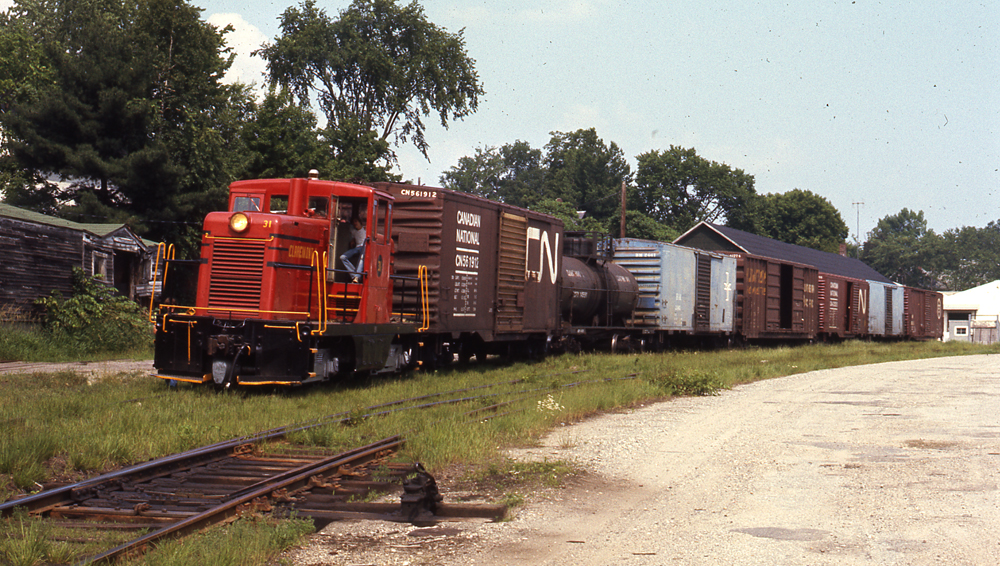
Locomotives short lines like to use: Shortline railroads have long fascinated me. Perhaps it’s because I had a front-row seat to the startup of one in my hometown in December 1996. Maybe it’s because some are real underdog stories. Seeing a railroad turn a line or lines plagued by years of deferred maintenance into a […]
Read More…
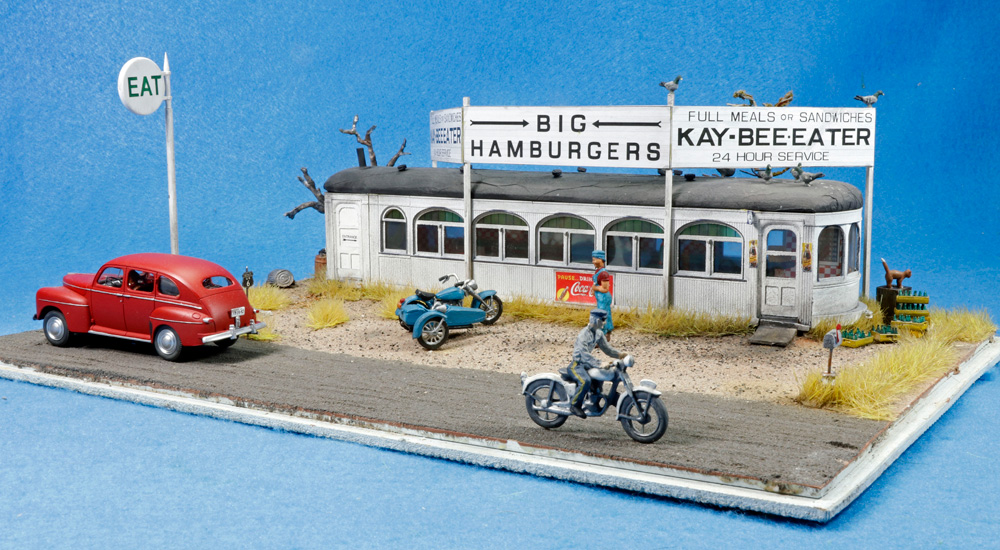
Small interior details for a 1950s Streetcar diner are easy and fun to make. When building the diner scene shown in the photo above, I knew that I’d want to include enough interior detail to make the model interesting to look at. The diner has small windows, which meant that I only needed a […]
Read More…
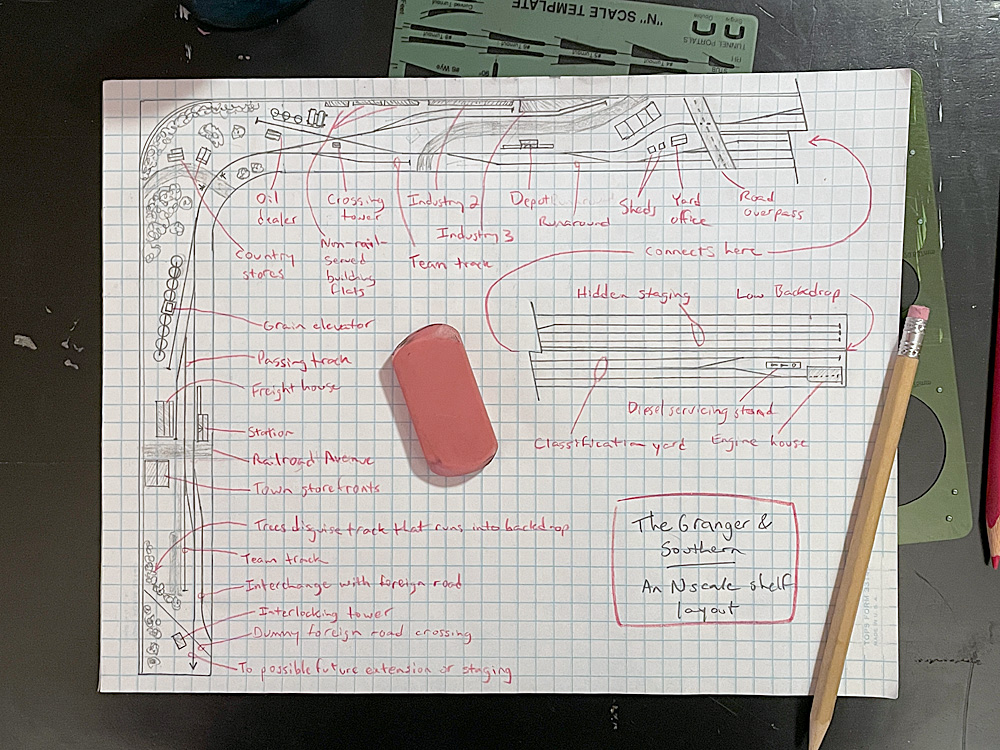
In some of my early “Sketching with Steve” articles – in particular, “What is a station?” and “Big industries for small spaces” – I admit to having an ulterior motive. I was building toward something. Specifically, I had been thinking for a while about building an L shaped N scale shelf layout in my basement office. […]
Read More…
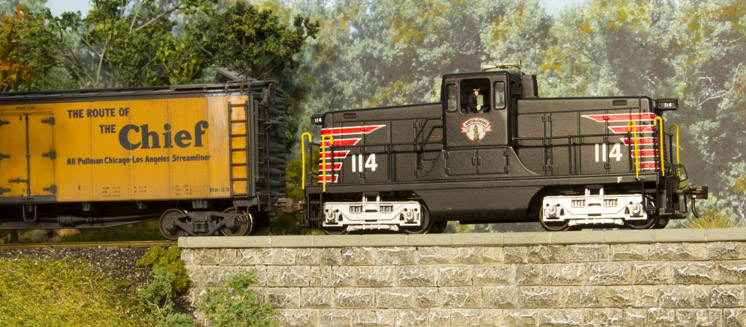
How to add DCC sound to a compact HO switcher: When Bachmann introduced an HO scale General Electric 44-ton switcher, I knew it would make a great addition to my Boston & Maine roster. The model includes a Digital Command Control (DCC) decoder, and I bought a version in the B&M livery. Out of the […]
Read More…
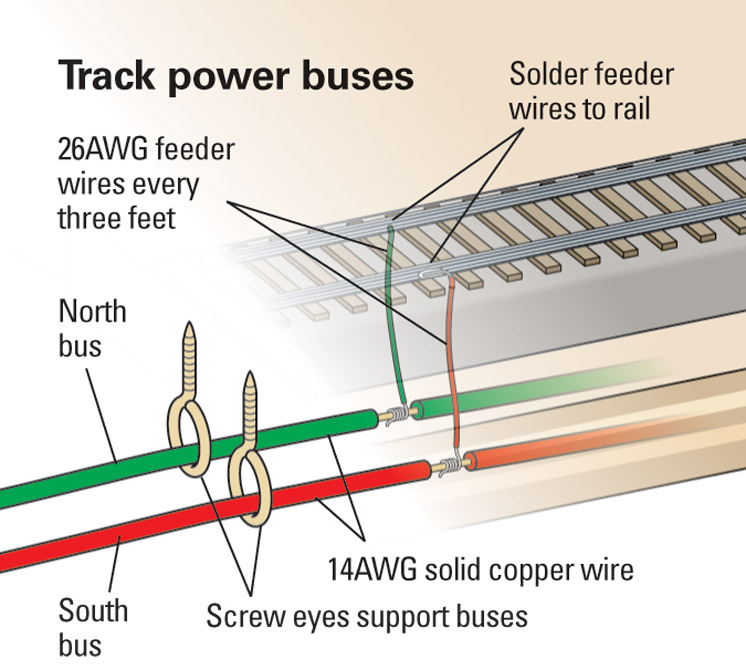
Track buses for Digital Command Control: Layouts wired for direct-current block control have several isolated track sections called blocks. Each block has an electrical switch that controls which DC throttle powers that track section. In theory, a Digital Command Control (DCC) layout could be wired as one large block with two wires feeding the power […]
Read More…

As soon as my railway was operational I began to teach myself how to build scale structures, including how to build a small cottage. While searching the internet, I came across images of English/French tudor cottages. I like the high-pitched roofs and the exposed half-timbers of this style, and I settled for one that had […]
Read More…












